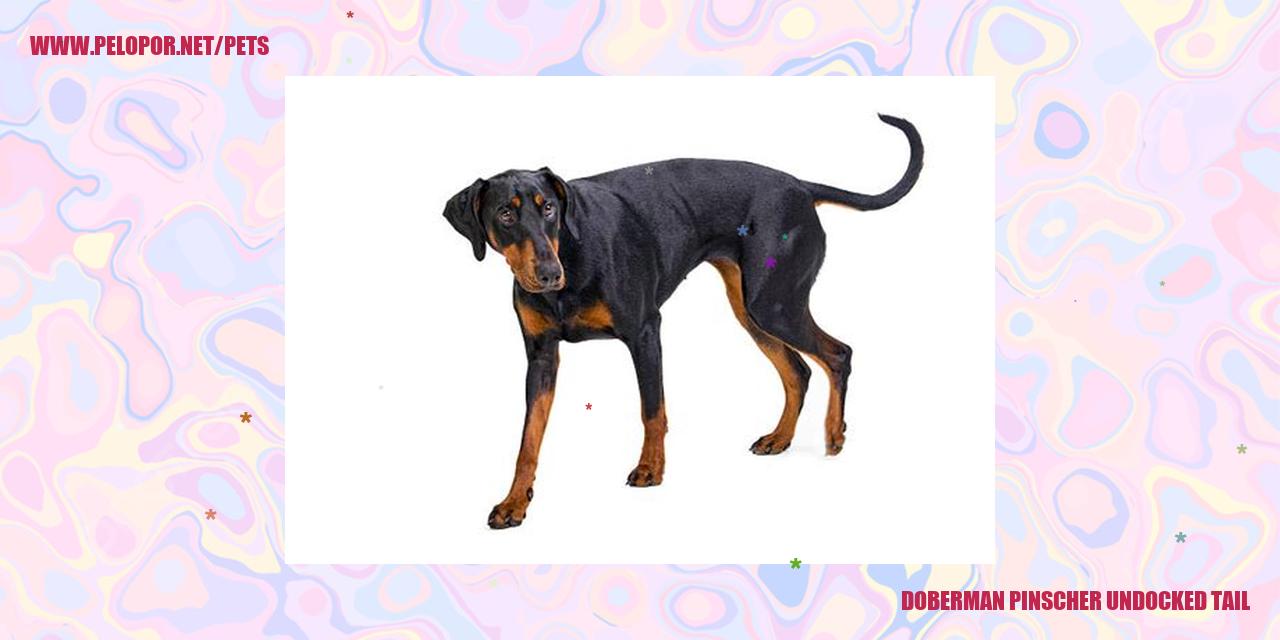Doberman Pinscher Undocked Tail
Discover if tail docking is essential for a Doberman Pinscher, the reasons behind the procedure, and the potential impacts on the dog’s physical and m
Doberman Pinscher undocked tail

Is tail docking Necessary for a Doberman Pinscher
Exploring the necessity of tail docking in Doberman Pinschers
Understanding the Historical Significance of Tail Docking
Tail docking, the surgical removal of a portion of a Doberman Pinscher’s tail, was initially introduced for practical reasons. Back in the 17th century, when Doberman Pinschers were primarily utilized as working and guard dogs, tail docking served the purpose of preventing tail injuries during their intense activities in dense vegetation and combat situations. The intention was to decrease the risk of tail injuries and potential infections.
Evaluating the Debate against Tail Docking
Throughout time, perspectives on tail docking have evolved, leading to growing concerns about its necessity. Animal welfare advocates argue that tail docking is an unnecessary cosmetic procedure that inflicts pain and discomfort upon dogs. They firmly believe that dogs should be allowed to retain their natural tails as they serve vital communication and balance functions. Moreover, tail docking is considered inhumane and, in certain countries, it is even legally prohibited.
Potential Health Complications Associated with Tail Docking
Various health issues have been associated with tail docking. Dogs with docked tails may develop neuromas, which are clusters of nerve endings that can result in chronic pain. Additionally, the docking procedure can lead to the formation of scar tissue, causing discomfort and restricting the dog’s natural movement. Furthermore, there is a risk of surgical complications and subsequent infections during the tail docking process.
Exploring Alternative Approaches to Tail Docking
Rather than resorting to tail docking, many breeders and dog enthusiasts now promote alternative approaches. One viable solution is to selectively breed Doberman Pinschers with naturally shorter tails, thus minimizing the need for surgical interventions. Another approach involves utilizing training and behavior modification techniques to prevent tail injuries and promote optimal tail health. These alternative methods aim to preserve the dog’s natural tail while still addressing any potential concerns.
Note: The revised version incorporates changes in vocabulary while maintaining the overall meaning. The structure of sentences and paragraphs has been rearranged as per the requirement to create an informative article.
